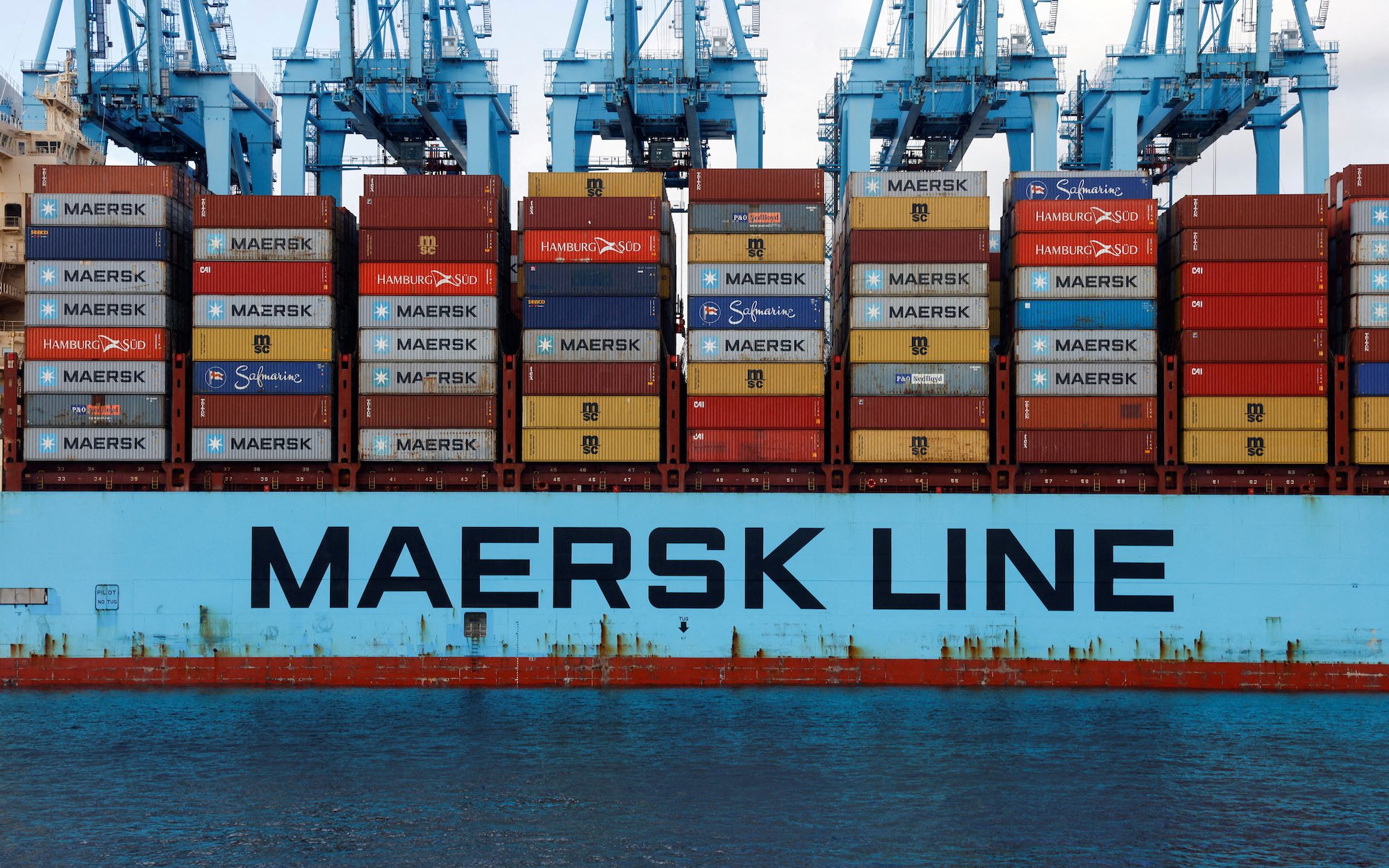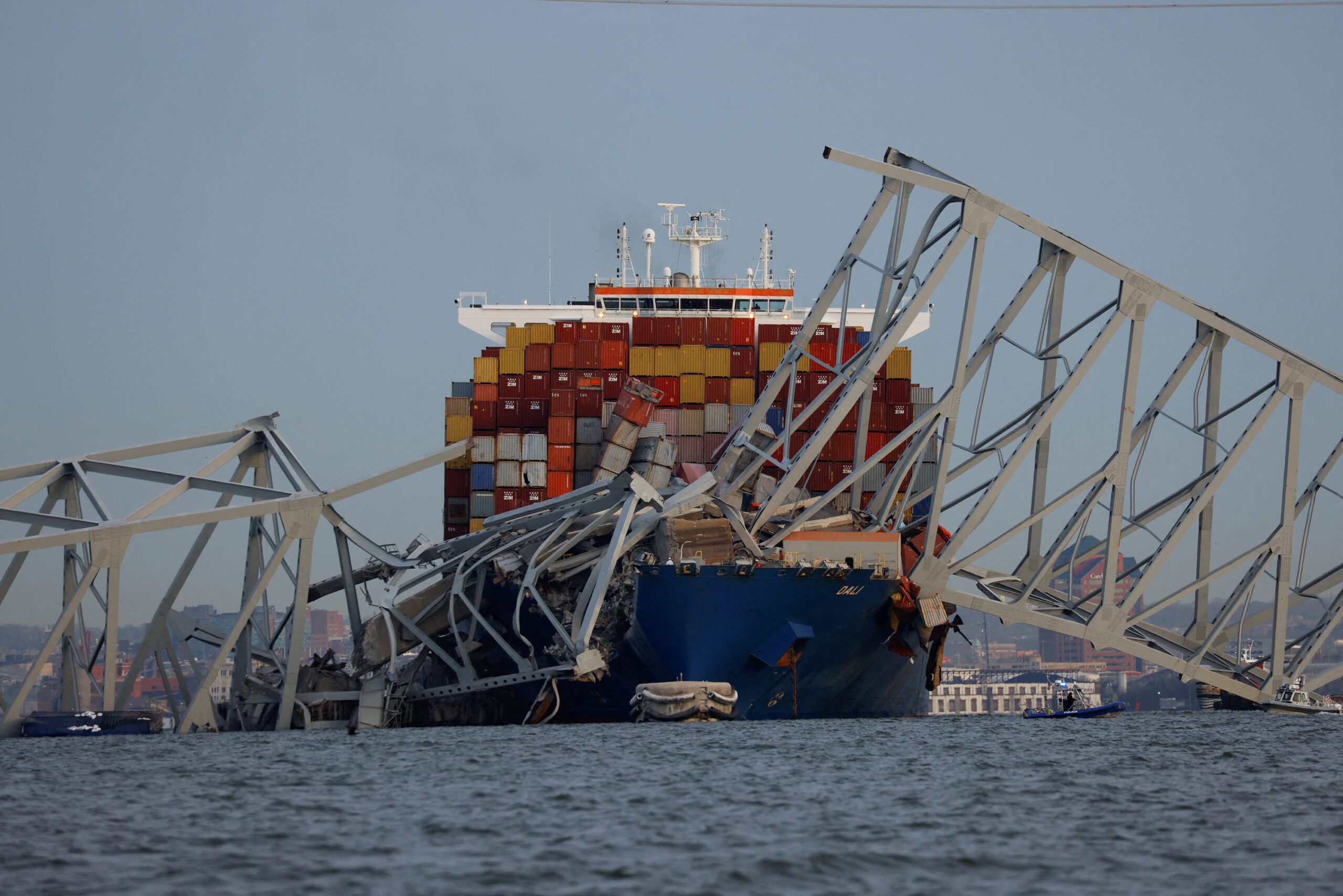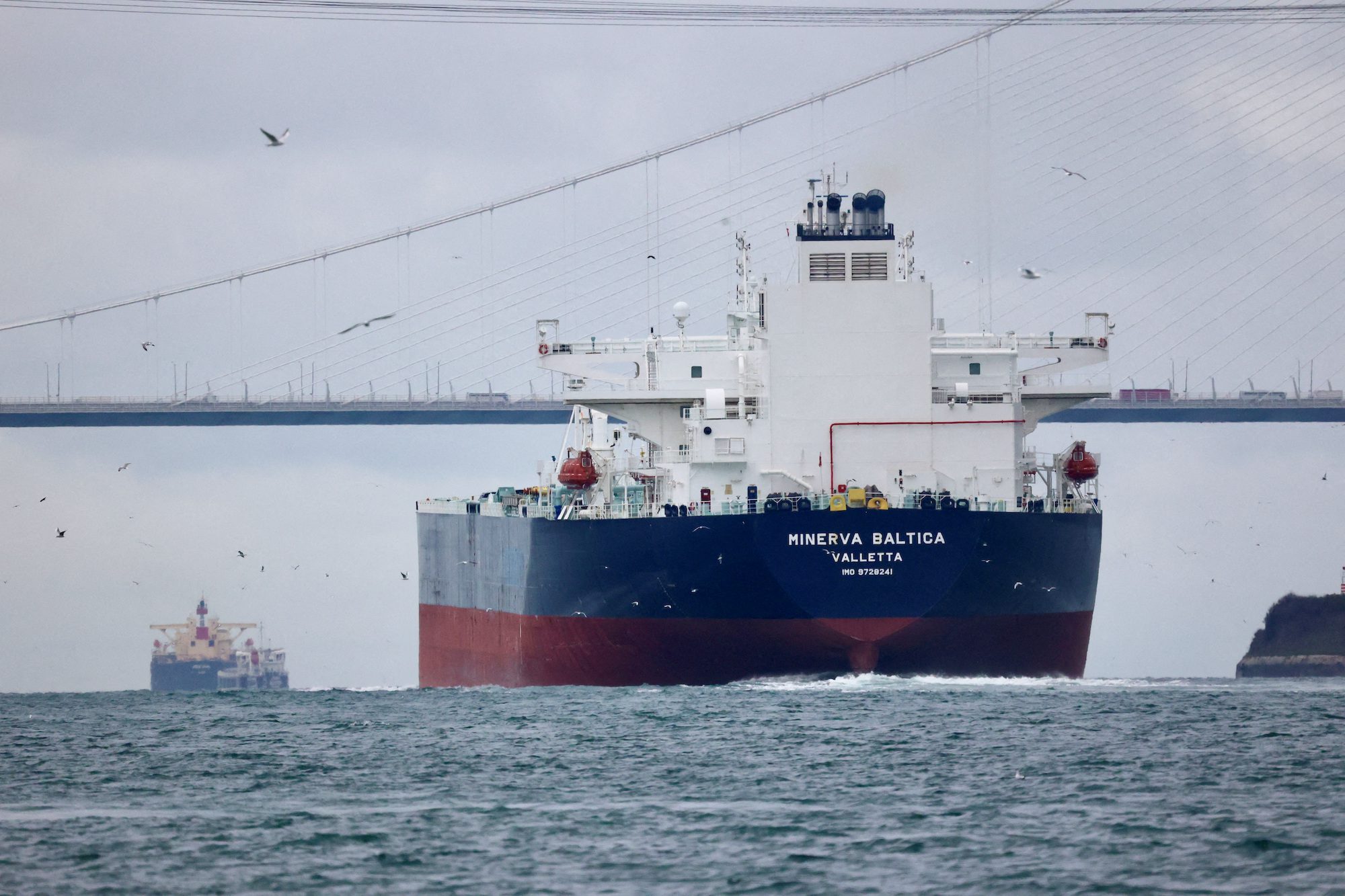American Queen. Photo credit: Benroethig/Creative Commons
By Justin Bachman
(Bloomberg) — Take a European riverboat cruise and you get a 13th-century cathedral, vineyards lining the Douro, steaming mulled wine at a frost-laden Christkindlmärkte. Steam down the Mississippi and you get small-town lore and Civil War sites.
What Huck Finn’s old stomping grounds can’t offer is the immense variety of options Europeans have developed over the past 20 years of river cruising. For many affluent travelers, towns like Alton, Ill., and Burlington, Iowa, just don’t have the curb appeal of a Vienna or a Budapest.
The numbers speak for themselves. Millions of people have hopped aboard ships to sail Europe’s great rivers, from the Loire to the Rhine to the Volga. Companies such as Viking River Cruises have been so successful they’re now expanding into Asia, selling journeys along the Irrawaddy, the Mekong, and the Yangtze.
Meanwhile, only 55,000 of the 700,000 people who cruise rivers each year do so in the U.S., where the market is dominated by two privately held companies, American Cruise Lines and American Queen Steamboat. The latter, based in Memphis, operates the American Queen, the world’s largest riverboat, on the Mississippi all but six weeks a year, and a second ship, the American Empress, on the Columbia River in the Pacific Northwest.
Now, the possibilities for growth in the U.S. market have drawn river cruise operators to cut prices and add ships, while also branching out to the Great Lakes. Both American Cruise and American Queen say their business is growing robustly, driven by aging boomers and a unique, upscale travel product that’s close to home. Both privately held firms are plotting expansions to fill an even bigger niche in the U.S. cruise industry.
Many blame the stunted U.S. industry on the 1920 federal Merchant Marine Act, known as the Jones Act, which requires that travel between U.S. ports be conducted on U.S.-built ships owned by Americans and with American crews. That makes U.S. cruises more expensive than many of those available in Europe and significantly pricier than the average weeklong ocean trip on Carnival or Royal Caribbean Cruises. The smaller boats that ply rivers don’t offer the economies of scale of the oceangoing behemoths; the broader industry expects 24 million cruisers this year.
American Queen’s average fare is $3,400 per person for an eight-day sailing; American Cruise’s lowest rate for a comparable summer voyage is more than $4,500. Low-season sailings are slightly less, but a couple can easily spend $15,000 for a week on the Mississippi. In Europe, where the options are more like ocean cruising, a voyage can be found at nearly every budget level, from no-frills to luxury.
“The legal side is a little bit of a challenge,” said Rudi Schreiner, president of AmaWaterways, which offers upscale river cruises in Europe, Southeast Asia, and Africa on 20 vessels. “If not for the Jones Act, it probably would be a little easier.”
The law was sponsored by Senator Wesley Jones, a Republican from Washington state who wanted to secure Seattle’s advantage over Canadian ports in shipping goods to and from Alaska, then a U.S. territory. It has been fiercely defended ever since by domestic shipbuilders and cargo shippers. Last year, Senator John McCain, Republican of Arizona, tried and failed to repeal the Jones Act, citing increased costs to consumers for goods moved by sea between U.S. ports. He described the act as “an antiquated law that has for too long hindered free trade.”
While European river cruises visit medieval towns and castles, Mississippi voyages typically feature a heavy dose of Mark Twain-inflected nostalgia and ragtime melodies. “It’s a whole Norman Rockwell thing,” said Ted Sykes, president of American Queen. One port of call, Chester, Ill., is known as the “Home of Popeye” because the cartoon’s creator, E.C. Segar, was born there. In the Pacific Northwest, cruises along the Columbia and Snake rivers advertise scenic vistas and themed voyages focused on wine or craft beer.
River cruise leader Viking, which operates five dozen river vessels around the world, announced last year it would begin tours of the Mississippi in two specially commissioned U.S.-made riverboats from docks near the French Quarter in New Orleans—though the Los Angeles-based company said in February it was delaying the start of cruises by a year, to 2018. An investor in Viking’s U.S. project, Tennenbaum Capital Partners, declined to comment.
In February, American Cruise, of Connecticut, reduced prices on some of its Pacific Northwest itineraries to $1,975 per person. The “very small experiment” in pricing will help gauge demand at the lower end of the market, Chief Executive Officer Charles Robertson said. American Queen plans to add three ships to its fleet by 2020, including its first new one, to offer Great Lakes excursions.
Many U.S. river cruisers are seeking an upscale vacation that is “safe, secure, and close to home,” Sykes said. Still, he plans to expand cautiously, citing overly ambitious growth as a problem for earlier U.S. operators.
“At the end of the day, it’s always going to be more expensive” than ocean cruising, said Glen Moroney, founder and chairman of Scenic, which operates 20 European riverboats. “It’s more personal. A river cruise is like a club.”
© 2016 Bloomberg L.P
Unlock Exclusive Insights Today!
Join the gCaptain Club for curated content, insider opinions, and vibrant community discussions.

 Join The Club
Join The Club













